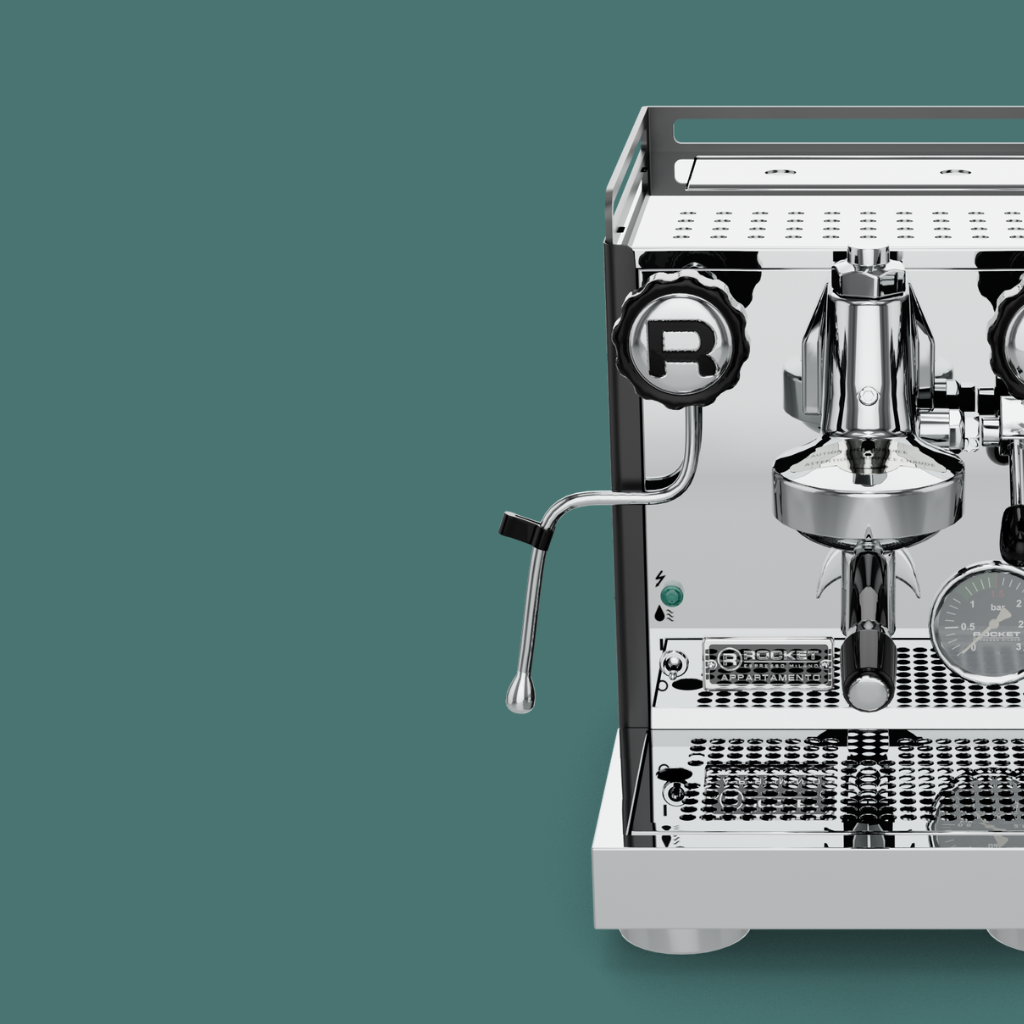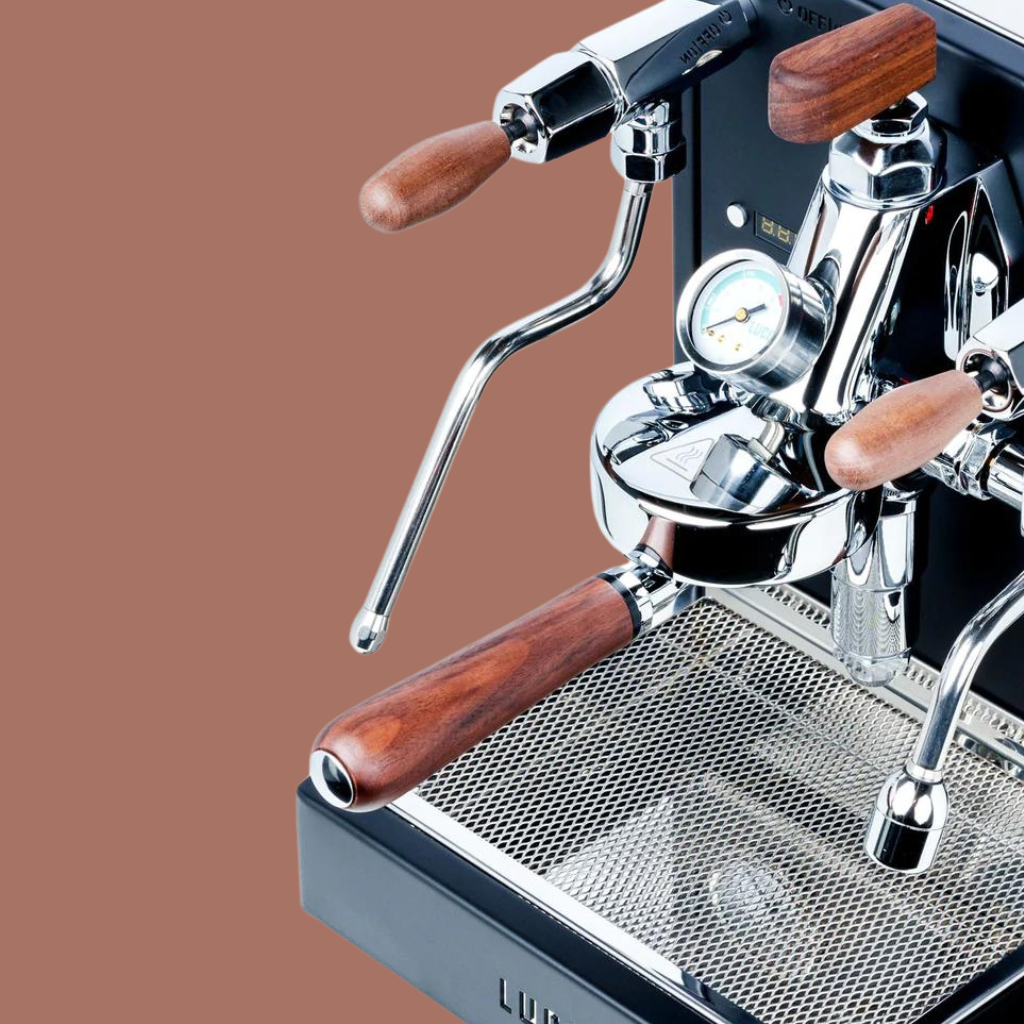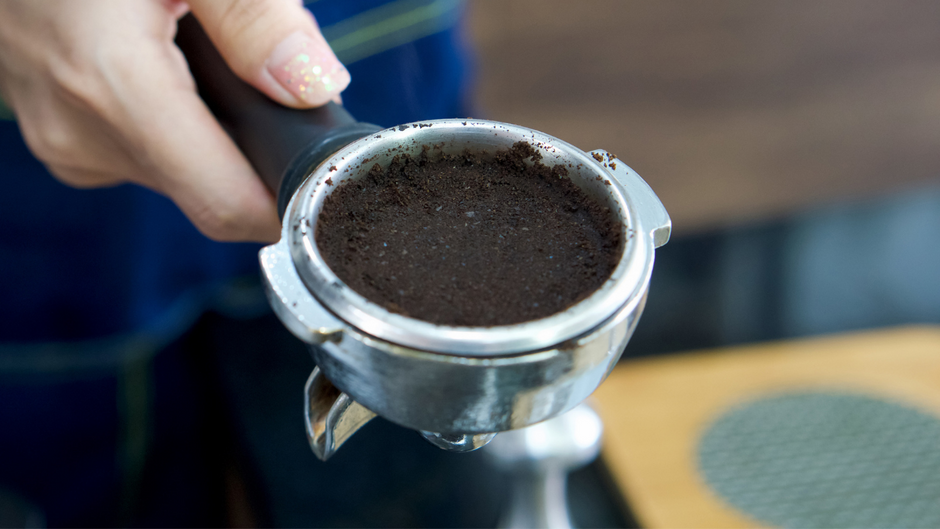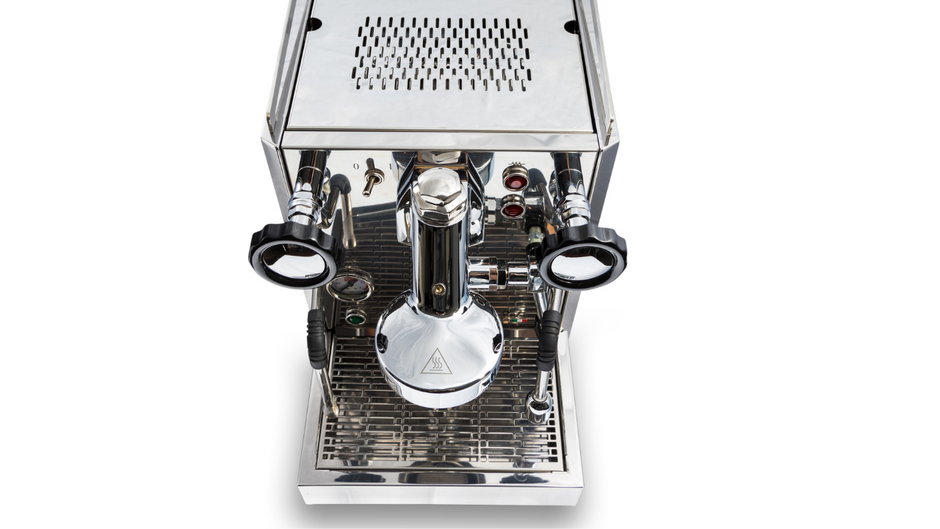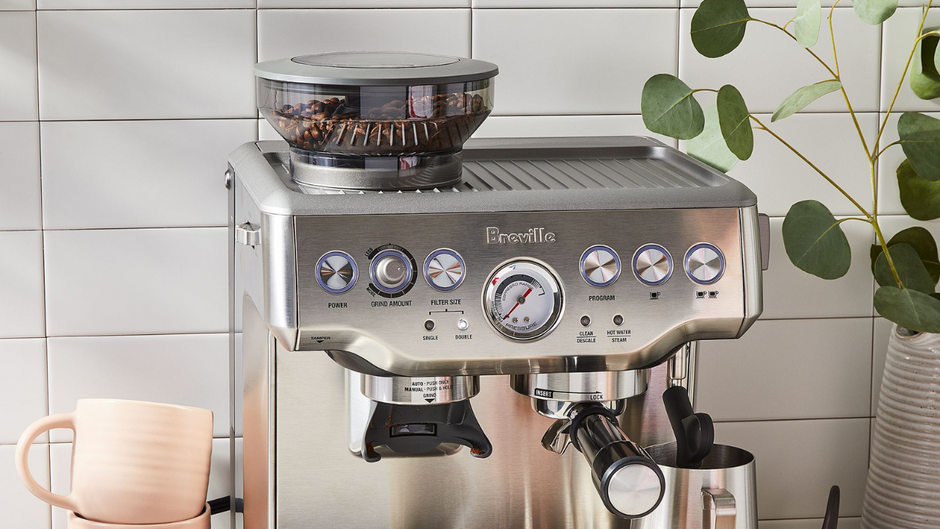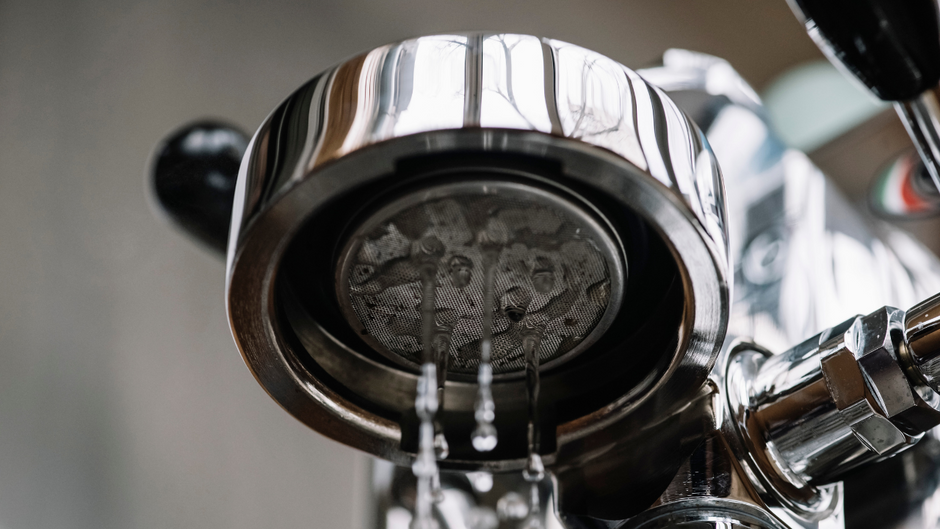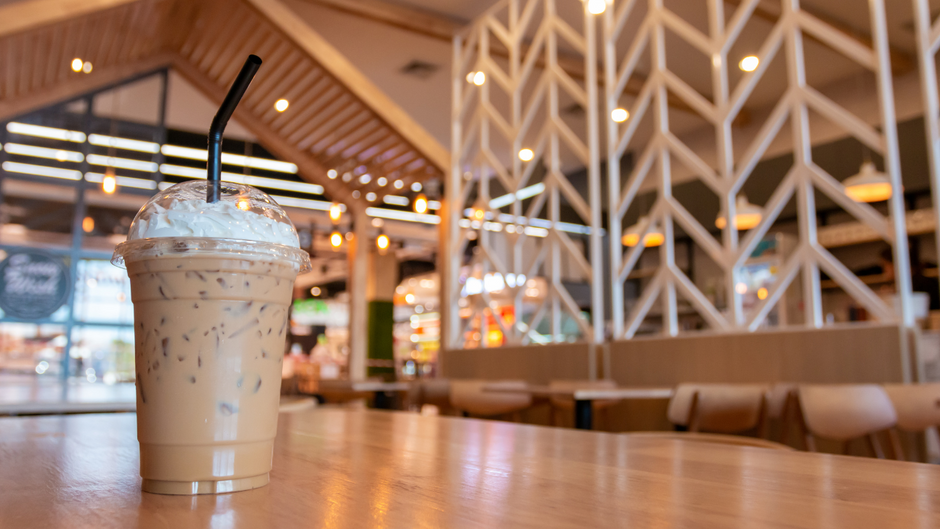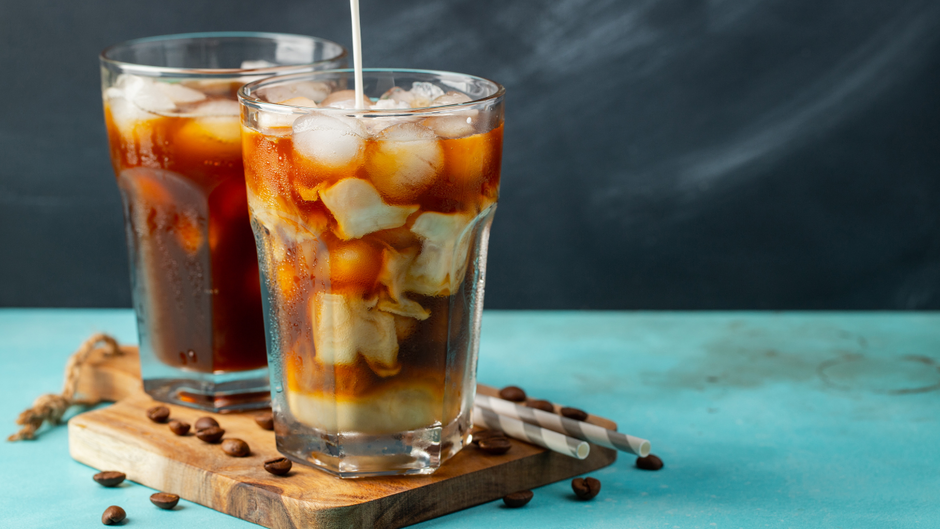The Ultimate Guide to Espresso Brewing: How Many Bars of Pressure are Ideal?
For coffee lovers, there's nothing quite like a rich and flavorful espresso shot to start the day. But brewing a great cup of espresso is not just about the quality of the coffee beans or the brewing equipment. It's also about understanding the science behind the brewing process, including the crucial role that pressure plays. If you've ever wondered how many bars of pressure are ideal for espresso, you've come to the right place. In this comprehensive guide, we'll explore the importance of pressure in espresso brewing and provide you with tips and tricks for getting it right.

The verdict: A good espresso machine should produce consistent and stable pressure throughout the brewing process. The pressure should be strong enough to extract the coffee's flavors, but not so strong that it over-extracts the bitter compounds. The ideal pressure for espresso brewing is around 9 bars, or 130 psi.
Pressure is one of the most important factors when it comes to making espresso. The pressure of the water pushing through the coffee grounds helps to extract the flavor and aroma of the coffee, resulting in a rich and full-bodied espresso shot.
Other Factors To Consider
Additionally, the pressure of the water also plays a role in the crema, the creamy foam that sits on top of a well-made espresso shot. The pressure helps to emulsify the oils in the coffee, creating a stable layer of crema.
Pressure is a crucial element of espresso brewing, and having a machine that can produce the right pressure is essential for making a delicious cup of espresso.
Cons of going past 9 bars of pressure
Going past 9 bars of pressure when brewing espresso can have several drawbacks. Here are a few of the most common cons.

Over extraction
When the pressure is too high, it can lead to over-extraction, which means that more of the coffee grounds are dissolved into the water. This can result in an overly bitter and unpleasant taste.
Loss of balance
Espresso is all about balance, and too much pressure can upset that balance. A well-made espresso shot should have a rich and full-bodied flavor, with a delicate layer of crema on top. If the pressure is too high, the crema can be disrupted, and the flavor can become overly bitter and unbalanced.
Decreased quality of coffee
The high pressure can extract more of the coffee's bitter compounds, which can negatively impact the overall quality of the coffee.
Machine damage
Using an espresso machine with too much pressure can put a lot of strain on the machine and its components, which can lead to damage over time.
What about these 15 bar espresso machines?
Marketing nonsense.
Why? It's been proven that you actually start to see diminishing returns when going past the 9 bar level.
While a higher pressure can extract more flavor from the coffee, it can also extract more bitter compounds and negatively impact the taste of the espresso.
In general, the sweet spot for espresso brewing is considered to be around 9 bars of pressure. At this pressure, the extraction of flavor and aroma is optimized, while minimizing the extraction of bitter compounds.
However, it's important to note that pressure is just one of several factors that contribute to the quality of the espresso. Other factors, such as the quality and freshness of the coffee beans, the grind size, and the temperature of the water, also play a role. By striking the right balance between these factors, you can make a delicious cup of espresso, even if the pressure is slightly above or below 9 bars.
Related Article: Ristretto vs. Long Shot, which packs more caffeine?
Bottom Line
In conclusion, while pressure is an important factor in making espresso, there is a point of diminishing returns when going above 9 bars. Finding the right balance between pressure, grind size, temperature, and other factors is key to making a great cup of espresso.


